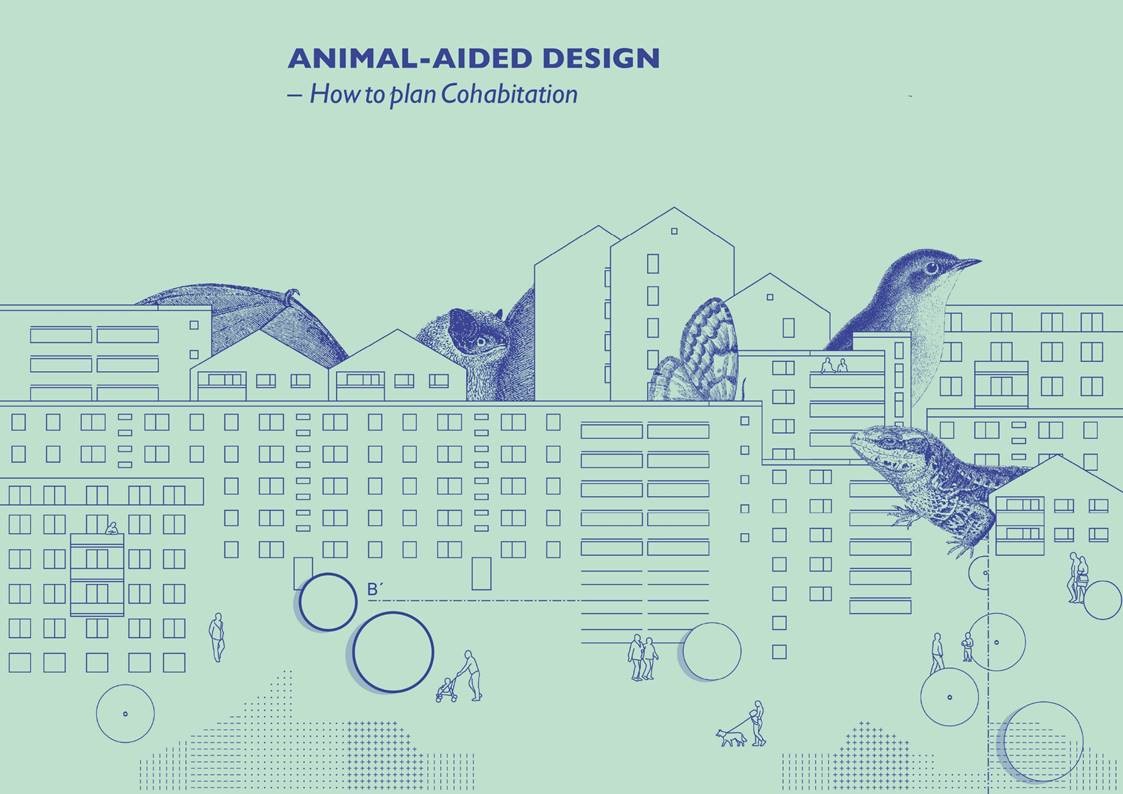Open evening lecture “ANIMAL-AIDED DESIGN. How to plan cohabitation” by Thomas Hauck

About the topic:
Biodiversity in cities is important for city dwellers as is supports the provision of ecosystem services and allows for positive human-wildlife interactions. Current urban planning strategies generally ignore biodiversity, and in particular wildlife. Densification and a lack of knowledge about habitat needs of species result in the design of urban buildings and green spaces that are hostile to wildlife. As a consequence, urban biodiversity is decreasing worldwide. Animal-Aided Design is a methodology that reconciles wildlife conservation and urban design at the local scale, by providing ecological knowledge to urban planners, architects and landscape architects in the design format of their profession. The basic idea of Animal-Aided Design is to include the presence of animals in the planning process, such that they become an integral part of the design. The practical experience of Studio Animal-Aided Design with the planning of animal-human relations in the context of the application of the Animal-Aided Design method shows that a new conception of urban animal-human relations, under the guiding concept of co-habitation, is socially possible and can find acceptance. Reasons for this include the adaptation of animal species to the environments of urban areas, the increasing acceptance of the occurrence of wild animals by urban residents and the importance of cities as areas of high biodiversity.
About the guest lecturer:
Thomas Hauck studied landscape architecture at the University of Hanover and at the Edinburgh College of Art and received his PhD in 2013 from the TU Munich on the topic of Landscape and design – the objectification of aesthetic ideas using the example of landscape. From 2005-2014 he conducted research and teaching at the Chair of Landscape Architecture and Public Space at the TU Munich, and from 2014 at the Department of Open Space Planning at the University of Kassel. He is also an office partner at Polinna Hauck Landscape+Urbanism and managing director at Studio Animal-Aided Design. His focus is on the research and design of urban natures that allow and stimulate self-dynamic processes, and on the development of urban and open space planning concepts of co-habitation from a multispecies perspective.
